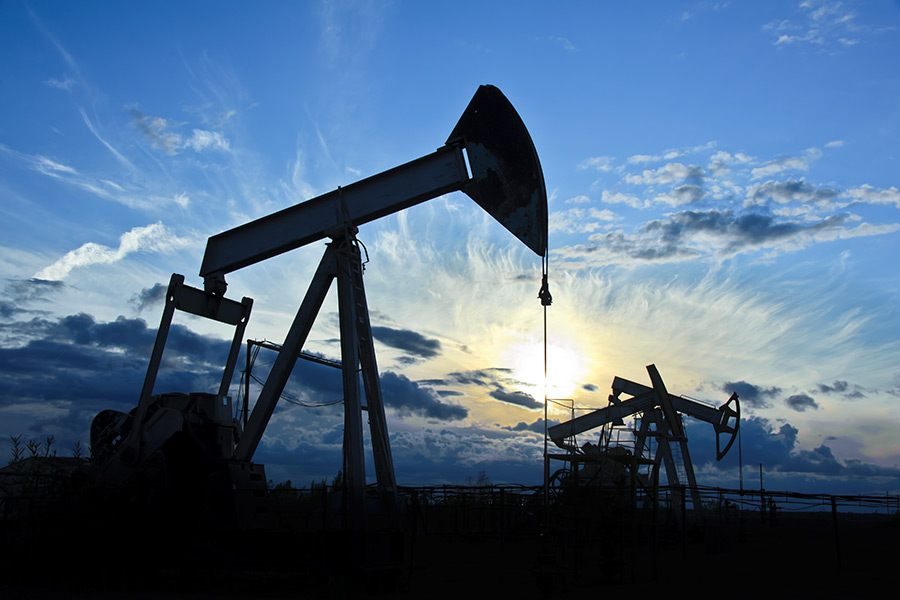The oil industry has long been characterized by a history of booms and busts, but as the market settles into its deepest sustained slump in two decades, analysts are struggling to predict when a rebound might occur, and to what degree the market will stabilize.
Earnings continued to plank down for oil companies in 2015 following a period of record profits. Gas prices have again dipped below $2 a gallon in Montana, and the Bakken oil fields of eastern Montana and North Dakota have seen a production drop, resulting in job losses in the eastern portion of the state.
But the hardest-hit economy lies directly to the north in Alberta, Canada, where crude production has steadily increased as global demand plummets. The oil-dependent Alberta workforce is reeling from the cratering energy sector, and the ricocheting effect of the tanking economy is stacking up casualties and driving down employment in other sectors as well.
In particular, declining oil prices and the effects of layoffs from the once robust oil patches are sending tremors that are projected to stagger the construction sector, with an estimated loss of 31,000 jobs from the time of the peak in 2014 to 2019, according to BuildForce Canada’s 2016-2025 Construction and Maintenance Looking Forward forecast report.
It’s a marked departure from Alberta’s heyday two years ago, and a worrisome trend if the province does not regain footing in the near future.
Alberta’s oil sands are the third-largest proven crude oil reserve in the world, next to Saudi Arabia and Venezuela.
Though the downturn has consequences that reach into Montana, the state’s economy is far less dependent on the energy sector.
Meanwhile, other industries – notably tourism – have added jobs here, mostly in the western half of the state, economists say.
Analysts peg the global cause of the downturn on the plummeting price of a barrel of oil, which has been cut by more than 60 percent since June 2014.
As crude prices continue to fall below $30 a barrel, economists are reporting a positive effect on consumers and businesses but a negative impact on the state’s oil and gas industry, which represents a relatively small percentage of Montana’s economy.
There are lots of factors at play, but the economic explanation boils down to a basic correlation of supply and demand.
“It really is ultimately that simple,” said Barbara Wagner, chief economist with the state Department of Labor and Industry. “There has been a huge expansion in supply and constriction in demand and that has brought down the price of oil.
There are certain geopolitical events playing a role, but in the U.S. we are growing our production capacity very quickly in a global sense. We used to import so much oil and now in the past 10 years we are exporting, which is such a huge turnaround. It is a huge increase in the supply of oil.”
United States domestic production has nearly doubled in recent years, cranking out oil imports in need of a home. Oil producing countries like Canada and Iraq that once peddled their petrol to the United States are looking elsewhere, upping the competition for Asian markets, bottle-necking and driving down prices.
The foundering market has had adverse effects on the state’s oil and gas industry, but it has buoyed some of Montana’s biggest economic drivers, including tourism.
“Almost every other industry that relies on low fuel prices benefits,” Wagner said.
Consumers benefit because the Federal Reserve System has not had to raise interest rates, allowing more money to circulate and stimulate the macro-economy.
But oil production is not declining fast enough, and while demand for fuels is recovering in some countries, it could be years before prices return to $100 a barrel.
“I don’t think that it’s the kind of thing we are going to see in the next six months,” Wagner said.
